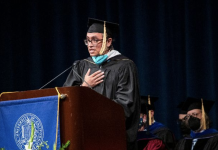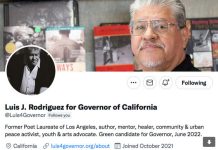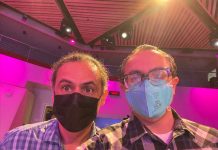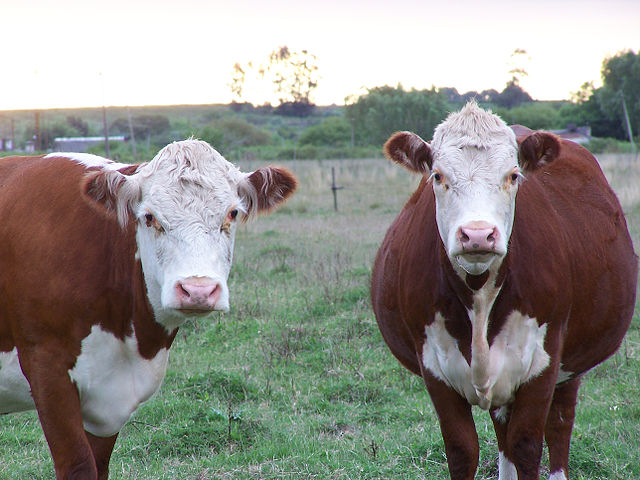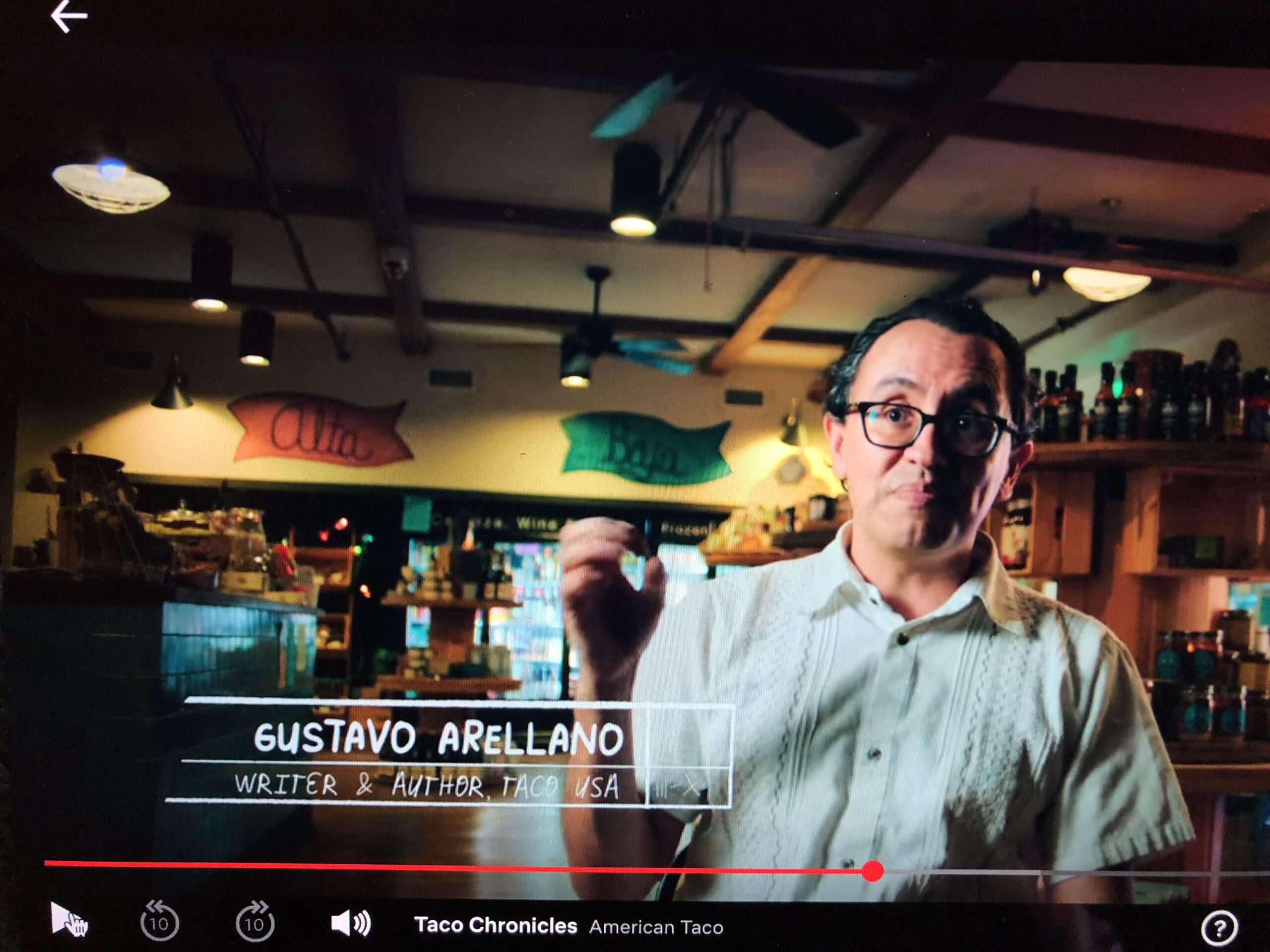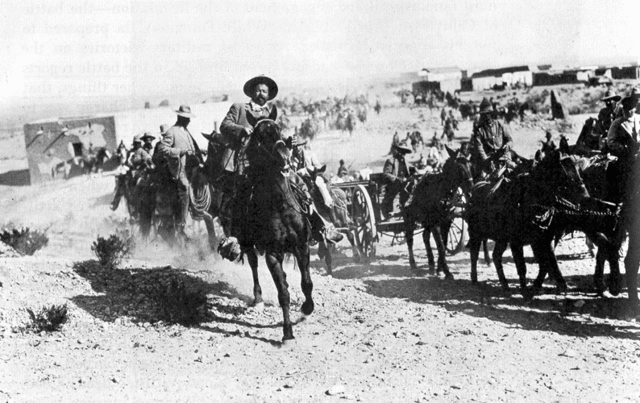
It was my abuela who first told me about Pancho Villa.
In between pulling drags off her cigarros Raleigh and taking small sips from a glass bottle of Diet Coke, she told me about the first man Villa killed.
That man was a family member of a powerful hacendado. That man had tried to harm Villa’s sister. After he killed him, Villa fled from home. As authorities searched for him, he lived off the land. Villa, abuela told me, became a bandit who robbed from rich and gave to poor.
I’d sit in the kitchen of her Juárez home — on a stool that my short legs dangled from — as abuela would tell me about Pancho Villa and, because you can’t separate one from the other, the Mexican Revolution. She’d tell me about what the revolution had meant to accomplish and how when Villa joined, he went from living the life of a bandit, hiding in mountains and across the desert, to becoming a military general leading a country’s revolt.
She told me that as a general, Villa went into villages where hacendados abused peons. In some estates, debt peonage transferred from parent to child. Some hacendados — malvados, she’d sometimes called them — went as far as sleeping with a bride on her first night of marriage. Villa would go into these villages and execute the hacendados while everyone watched. He’d then distribute food. This is who Villa was, abuela told me.
On certain days, abuela’s stories turned into laments of what became of the revolution. Her sorrowful words described the chaos of civil war that made it difficult to find meaning in so many deaths and, the point of it all.
Some days, abuela felt certain that, at his core, Villa was a decent man. His actions may have been morally ambiguous but overall, he was right, she told me. Other days she didn’t seem as certain.
As the scorching summer days passed and I heard these stories, Villa — a man that had been dead for decades before I was even born — became one of my childhood heroes. Back when I had a simplistic notion of what being a man meant, Villa was it.
And it didn’t hurt that he had spent pivotal parts of his life in a place I called home.
So, everywhere I looked, I saw something that reminded me of him. In Juárez, I saw Villa in restaurants bearing his name and statues that looked as if he stood frozen in time. I thought about him every time we walked past the downtown street named after him.
Close to that street — Avenida Francisco Villa — on the other side of the border in El Paso, Texas, Villa was also there. On days that felt like the hottest of the summer, when abuela and I walked across the international bridge connecting the downtown sections of Juárez and El Paso, I’d see Villa in the old buildings that stood beaten and worn.
“Look,” abuela would tell me in Spanish while pointing to some decrepit building that, until then, held no special meaning. “Pancho Villa used to look out that top window towards Juárez. This was his headquarters.”
“See that house?” she’d ask a few moments later. “Pancho Villa used to stash weapons and money there.”
I took pride in everything that Villa was. I felt lucky that the El Paso-Juárez borderland was not just my home but also full of places where Villa once lived. And each one of those places had a story which abuela knew by heart. Stories once told to her that she’d memorized.
I heard these stories so often I began making requests.
“Abuela,” I’d say, eager to put pictures to the words she spoke, “tell me again that story of how Villa fought for people like us.”
***
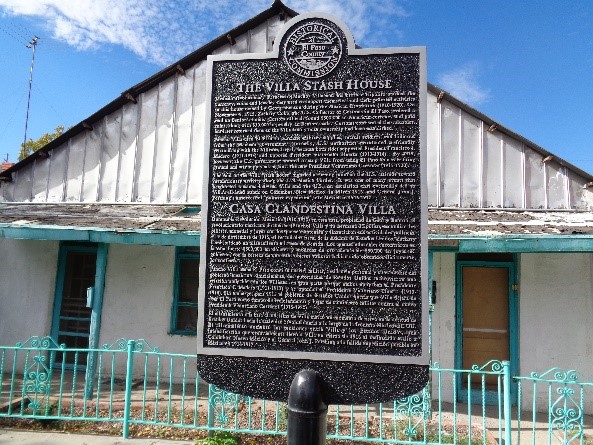
On the morning of March 10, 1916, the stench of burning flesh of man and horse, filled the desert air.
The previous day, Pancho Villa and his men raided Columbus, New Mexico, about an hour’s drive west of El Paso. On that morning, 12,000 United States troops and volunteers guarded the border. From Arizona to New Mexico and on to Texas, all along the U.S.-Mexico border, they waited and watched.
On the battlefield, during the attack that left 17 U.S. citizens dead, someone claimed to have found Villa’s personal papers. They, if you believed them authentic, confirmed a country’s worst nightmares: They detailed how and when Villa decided to wage war against the U.S. despite once being careful to not provoke them.
Villa would arm villages, the papers read, and together they’d oust U.S. citizens. They’d take back the land, those mines and farms that had made the lower-class Mexicans subservient to foreigner owners of those places. Within those papers there was also a copy of a letter that Villa wrote.
“I shall not expend another shell on brother Mexicans,” the letter read, “but will prepare and organize to attack the Americans on their own soil and let them know that Mexico is a land of the free and the tomb of traitors.”
Villa’s letter invited its recipient to join the attacks. A few months before his raid on Columbus, Villa sent that letter to Emiliano Zapata, who fought in southern Mexico as the Revolution’s other prominent figure. And on that morning when the air smelled of death, thousands awaited on what must have felt like an imminent attack.
Maybe an attack from Villa, again. Or maybe an attack where Villa and Zapata would ride together across that border and through the smoke of war, and bring more violence to an area already destroyed by it.
As the crow flies, the distance between that part of the U.S.-Mexico border and the White House is almost 1,800 miles. From that distance the order came for the waiting troops. The U.S. government wanted Villa captured. Whether he lived or died, didn’t matter.
A few days after the attack on Columbus, upwards of 15,000 U.S. men marched into Mexico.
***
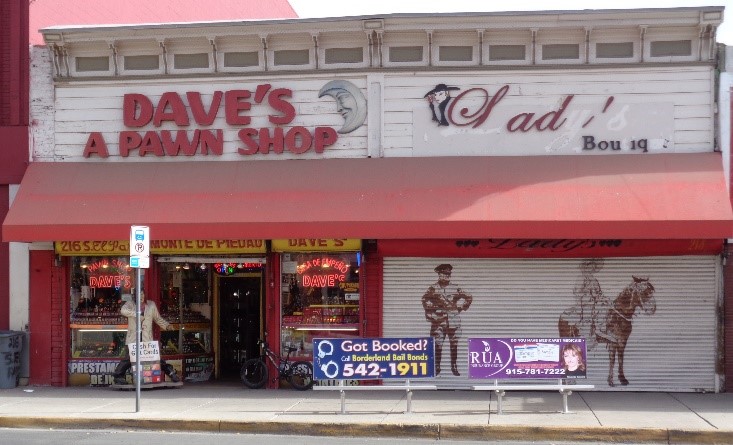
Abuela once told me her grandmother had lived through the revolution. She told her that when she was a child, Pancho Villa and his men came to her village in Durango. She told her that as soon as someone saw the Villistas coming, they ran to warn everyone.
“Why?” I asked, confused. “Why would they not want to meet Villa? Didn’t they know who he was?”
Abuela responded with something that only added to my confusion.
“Villa was both God and Devil,” she said. “Just like everyone else.”
And so, when Villa and his men came around, all the village’s women and girls hid out of fear they’d get raped, kidnapped, or both.
Since that day, those words — “Villa era dios y diablo” — have stayed with me. Unlike Villa’s ghost, those words haunted me. They motivated me. And as I got older, in the same way many other did before me, I also searched for Villa.
My search wasn’t physical. I wasn’t looking for Villa’s head; Yale’s Skull and Bones Society supposedly owned that, alongside the calavera of Geronimo. Nor was I looking for Villa’s death mask, which has its own odd history of passing between ownership on both sides of the U.S.-Mexico border.
I wasn’t looking for where Villa was so much as I wanted to know who he was.
The search was of the existential type. I sought to understand why I—and many others—remain so drawn to this figure. I wanted to understand why even a place like Columbus, New Mexico, would name a state park after the man who almost destroyed it. And why, more than a century after that attack, hundreds of horsemen from both sides of the border commemorate that day by riding hundreds of miles from the mountainous region of Chihuahua until reaching the town Villa left in ruins.
I wanted to find Villa because he was always the mystery of the Mexican Revolution. While Emiliano Zapata’s plight always seemed as pure as Victoriano Huerta’s intents were duplicitous, Villa was something else.
Somewhere between them. Sometimes good, other times bad, Villa existed on the border between righteousness and treacherous. Perhaps, I thought, that’s why Villa lived as a ghostly myth that both haunted and symbolized the psyche of the El Paso-Juárez borderland.
That’s why I searched for Villa. Because maybe in finding him, I’d find a part of myself. That’s why I hunted after Villa. On certain days I felt confident I’d found him. That I knew who he was and why he still mattered, even if symbolically. And then, on other days, just when it felt like I had found him, he’d escape yet again.
***
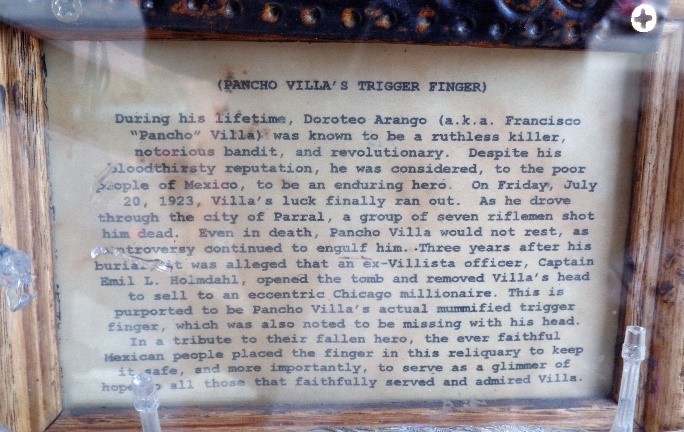
About a month after the U.S. military marched into Mexico, a rumor said Villa was dead.
That he had died the slow, painful death of blood poisoning—the result of an untreated wound that came from falling from his horse. His leg became swollen and gangrenous and, supposedly, the only doctor who could treat Villa was an ignorant and incompetent drunk. Villa was dead, they said, and even the Mexican government — aiding the U.S.’s search for Villa — believed it.
Those rumors weren’t the first-time authorities had pronounced Villa dead. As both bandit and revolutionary, authorities jailed and sentenced him to death more than once. He escaped, of course. Just like the other times he escaped from a capture that appeared inevitable. Just like he escaped from death even after reports claimed his enemies had buried him.
But these rumors — the ones on April 1916 — were very specific. They said Carranzistas captured one of his generals and in exchange for his life he told them where Villa’s body laid buried. He took them to a shallow grave where they exhumed a body. When rumors circulated saying it was, in fact, Villa’s body, his sympathizers rioted.
Newspapers as far away as Alaska reported Villa’s death. But almost as soon as they did, other stories said Villa still lived. Alive, not just in northern Mexico, but in the U.S.
In Los Angeles, a woman claimed she saw Villa sitting inside a black car. In San Antonio, an osteopath claimed to have massaged a man who looked like Villa. In New Orleans a man resembling Villa argued with a waiter who hadn’t put enough cheese on his enchiladas. Before that man left the restaurant, he tried to kidnap the cashier. She fought him off using a long loaf of bread.
It was in Chicago, someone said, that a man who looked like Villa knocked down a Pullman porter and then took their shoes. A few days later, again in Chicago, ushers attempted to throw a man out of a theater. In the scuffle, that man broke an organist’s nose and cracked an usher’s ribs. “Down with Carranza!” he yelled as he escaped. Witnesses were positive that man was Villa.
In New York’s Fifth Avenue, a Russian chauffeur also claimed he saw Villa. He watched him sitting for hours inside St. Patrick’s Cathedral. He watched him hail a cab to Hoboken, New Jersey, where he boarded a ship to Europe. Villa, the rumor said, headed to France where he planned to study Napoleon’s methods of war.
Others saw a man who looked like Villa in Bisbee, Arizona, and then in northern California. San Francisco, and then in Berkeley, where a Chinese doctor claimed to have amputated the gangrenous leg of a Mexican man.
Further north, in Portland and then again in Seattle, witnesses saw a one-legged man — matching all the previous descriptions of Villa, always with squinty eyes, brown teeth, limping, and with dandruff — inside a limousine. That car then drove to the pier where that man boarded a ship bound for Shanghai.
From the northeast of the country to the Midwest. From the Gulf Coast through Texas and on to the mines in the desert mountains. From the west coast to the Pacific northwest. Across the Atlantic to France and over the Pacific to China, Villa was seemingly everywhere but dead.
**
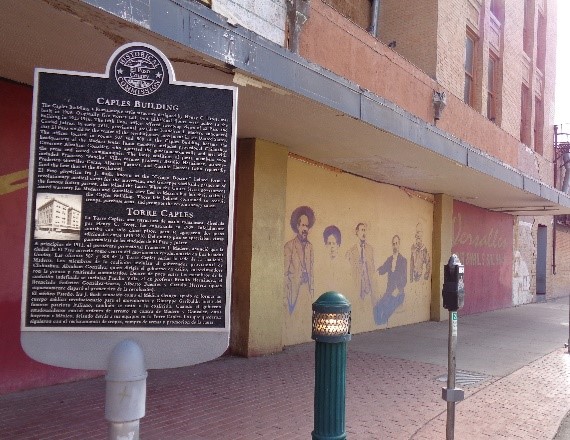
Abuela sang songs about Pancho Villa and the Mexican Revolution. Songs about Adela, the young girl from Juárez, who ran off to join the Revolution.
When I learned those corridos, we sang them together. We sang them and each time we did, I imagined Villa smiling. I imagined him alive.
Villa was not dead, at least not during April 1916. U.S. and Mexican authorities hadn’t even captured him. The rumors had been nothing more than wishful thoughts that had even inspired poems. But Villa’s capture never came, at least not at the hands of the U.S.
Instead, with the first World War looming and unable to find Villa, the U.S. retreated from Mexico. “Adios gringos,” Villa supposedly said when he heard the news. “Que les vaya bién,”
Years after rumors of his death and even as his impact on the Revolution had diminished, Villa kept up the fight. More than anything else, he became a nuisance to the Mexican government. Still, they searched for Villa. They didn’t find him until he found them.
In the summer of 1920, Villa surrendered to the Mexican government. They granted him and his men amnesty. They gave him a 500,000-acre ranch in Parral, Chihuahua. The family who had owned the estate claimed the government forced them to sell it under threat of violence. Villa, joined by his family and the hundreds of men that guarded him from harm, retired to the quiet life of a rancher. He became a wealthy hacendado and the Mexican government, fearing Villa would never find peace, paid for everything.
Newspapers kept track of what Villa did. They’d publish photos of him plowing his land and articles detailing how he traveled to Juárez and Mexico City. They said he taught neighboring farmers how to use machines from the U.S. If you read enough of these stories, it was easy to imagine Villa happy and at peace.
And yet, there was always two sides to Villa.
Diós y diablo.
And soon after stories of Villa, seemingly at peace, came, stories of his ruthlessness followed. One said that Villa, who didn’t drink alcohol, had killed six of his ranch hands after he discovered them drinking liquor. Another story said that months into his supposed retirement and ten days before Christmas, a group of people stole Villa’s horses. Villa retook his horses and the thieves laid dead on the road without mention of who killed them.
A few years into his supposed new, quiet life, Villa threatened to take up arms, again. He spoke and warned that the U.S. would try to invade Mexico, again.
Once Villa became a restless hacendado, the U.S. and Mexico worried about what he’d do, again.
***
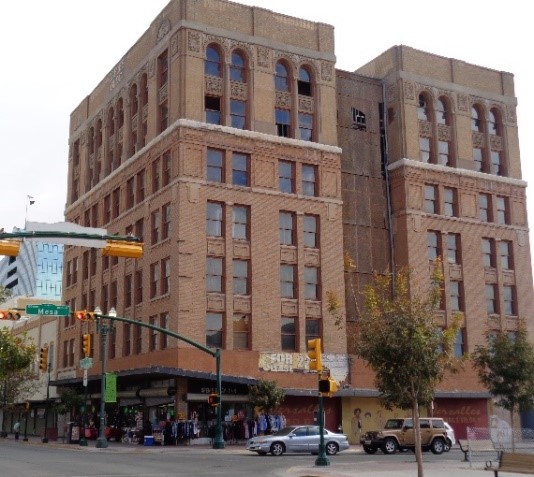
“You see that building?” abuela once asked me, pointing to some old apartment in downtown El Paso.
“Yes,” I answered.
“Pancho Villa’s killer lived there.”
I heard those words, and it felt like ghosts blew their deathly breath into my neck. And despite walking under the hot desert sun in the middle of summer, I felt chills up and down my arms and legs. I felt cold, the type one feels when in front of unexpected danger. I felt mournful, the way I always did when abuela told me the story of Villa’s death.
On the morning of July 20, 1923, Villa drove through the streets of Hidalgo del Parral. He was driving home from a previous night’s party. He reached an intersection. He stopped his Dodge Touring. Except for one man who soon recognized Villa, the streets were empty.
“Viva Villa!” that man yelled. Villa must have heard that cheer of adulation numerous times in El Paso, across the border in Juárez, and all the other places he once lived. But on that occasion, the familiar war cry served as a signal for gunmen to open fire.
Hearing that yell, men ran out from a house where they’d been waiting for as long as a few days. They appeared before Villa and shot at his car. They shot Villa 16 times — four in the head, 12 in the body. Attempting to escape, Villa’s lifeless body slumped over the driver’s side door.
Two weeks after Villa’s assassination, a man — Jesús Salas Barraza — confessed to leading the ambush. The Mexican government sentenced him to 20 years in the Chihuahua state penitentiary. But a few months later, Chihuahua’s governor pardoned him. He, the governor, said Villa’s death was “beneficial to the country.” Salas Barraza, the killer, moved to El Paso and lived within walking distance of Mexico, the country he lived exiled from.
In 1931, Salas Barraza — “the slayer of Pancho Villa,” as newspapers called him — asked to return home to Mexico. He lived apart from his wife and 7 children. Out of fear that a Villista would seek revenge, Salas Barraza carried a pistol everywhere he went.
Life in the U.S. wouldn’t have been as bad, he argued, if not for his honor. He could have made money, he said. But because of that honor, he turned down theater and movie roles where all he had to do was reenact the morning when he killed Pancho Villa.
He preferred poverty instead of making money from reliving the past. “I’m not a murderer,” Salas Barraza, who always considered killing Villa a noble act, said. “I rid humanity of a monster.”
Salas Barraza was 73 years old when he died in 1951. He died back home in Mexico. A small article mentioned his passing. Fifty-five simple words summed up his life.
Eleven years later, an old man who for decades had looted and terrorized those he saw fit, descended from the mountains of San Luis Potosí in central Mexico. When the old man came down from the mountains, the state governor met him. The governor granted amnesty to the old man — Epifanio Duque. The governor also told the police to not bother old Epifanio. He told them to let him live the rest of his remaining years in peace.
Almost four decades since Pancho Villa’s assassination and more than a decade since the forgettable death of the man who killed him, that old man who for decades took refuge in the mountains, was the last of Villa’s followers.
***
I searched for the man who I — sometimes unabashedly, other times, reluctantly—consider a hero. I left home. Returned and left again. I still return as often as possible because I miss the place besides the dehydrated Rio Bravo that confounds me with its breathtaking beauty and soul-crushing violence.
That place, the El Paso-Juárez borderland, feels cursed, I sometimes think. It can feel like the type of place all want to escape from. Some chased that escape a bit too far. Some, instead of going into the desert, chased it upwards, high above the sky. A bit too high. Some never came down.
This place feels like home, I also think. It’s why I return. And why during summer days, under that scorching desert sun, I’ve gone after Pancho Villa, the most flawed of heroes. It seems like time stopped for him while everyone else kept aging. As everyone has crept slowly toward death, Villa survives as the perfect symbol representing the dichotomy of this place hours removed from the rest of the world. A place between 2 worlds, in the middle of the desert, where I still hear Villa’s calming whispers.
For better or worse, and influenced by the stories abuela told and the songs we once sang together, I’ve chased after those whispers. I went to those places from where he once planned revolt. I chased him but only found remnants of his ghost, confirming he was there. A mural with faded colors here, his dead, shriveled trigger finger there. Every place I looked, it felt like I had just missed him, but I know he’s there.
If you stay too long in the desert’s sun, you develop a sense of desperation. Sometimes, in that vast open air, you see things that aren’t there. Mirages of life, water, and heroes of the pure type. Sometimes you want to believe they’re real because it helps to distract from the absence of life that fills the desert.
I hear things. Rumors that something’s coming to fill that wide-open space. I hear things. Whispers — metaphorical or otherwise — that make me chase them into the same desert that eventually buries everything that’s lived there.
Sometimes I discover those whispers come from the ghost of a man that’s been dead for almost a century. Sometimes, between her cigarette smoke and sips of diet Coke, I discover those whispers are abuela’s stories turned into soliloquies of lament.
She’s almost in tears as she tells me she hurts. She cries over what old age has taken from her. Her grandmother, her husband, the memory to tell stories the way she once did. The strength to carry a great-granddaughter that I — because I lost myself searching for something I could never quite find — brought too late into her life.
“Abuela,” I tell her, “esta es mi hija, Adela.”
I want to hide her — abuela — before she’s kidnapped and I never see her again. Hide her so she can tell Adela stories of who Pancho Villa was and what he’s become. How he evolved from whatever that was to whatever this is and still, no one knows who or where he is.
I want to hide her, and everyone else here that I love, so I can still have a reason to come back to this beautiful and tragic place where I hear a dead man’s whispers. They sound like the gentle desert wind during the summer.
Sometimes, the desert wind cools you down. It carries the faint smell of rain, on its way to bring relief.
Other times, the desert feels like it’s on fire. It feels like, if you wait long enough, it’ll burn everything down.
It feels like only in this limbo can a man like Pancho Villa still exist and never be found.
Roberto José Andrade Franco is a fronterizo from the El Paso/Juárez borderlands, currently living in Dallas. Follow him on Twitter @R_AndradeFranco

